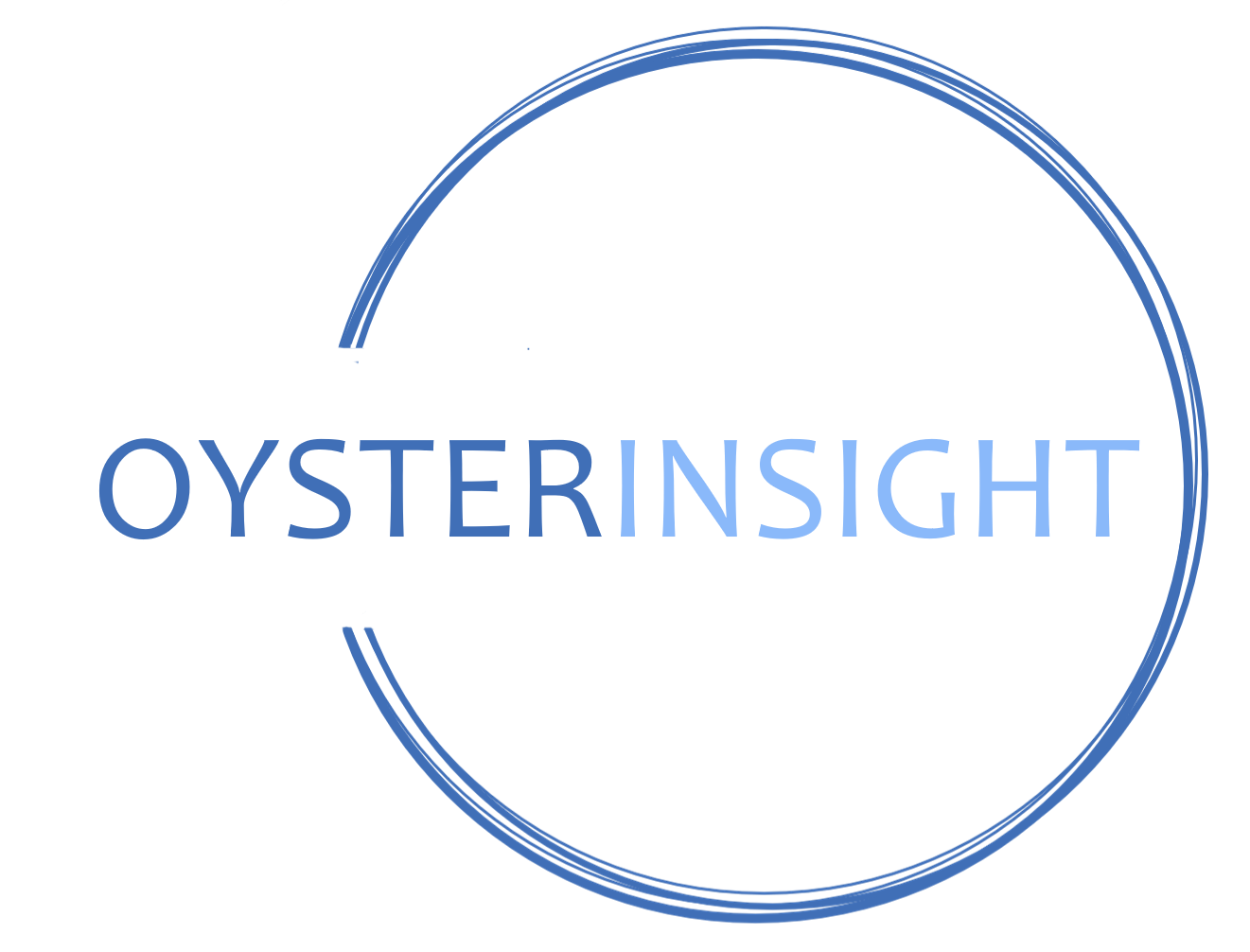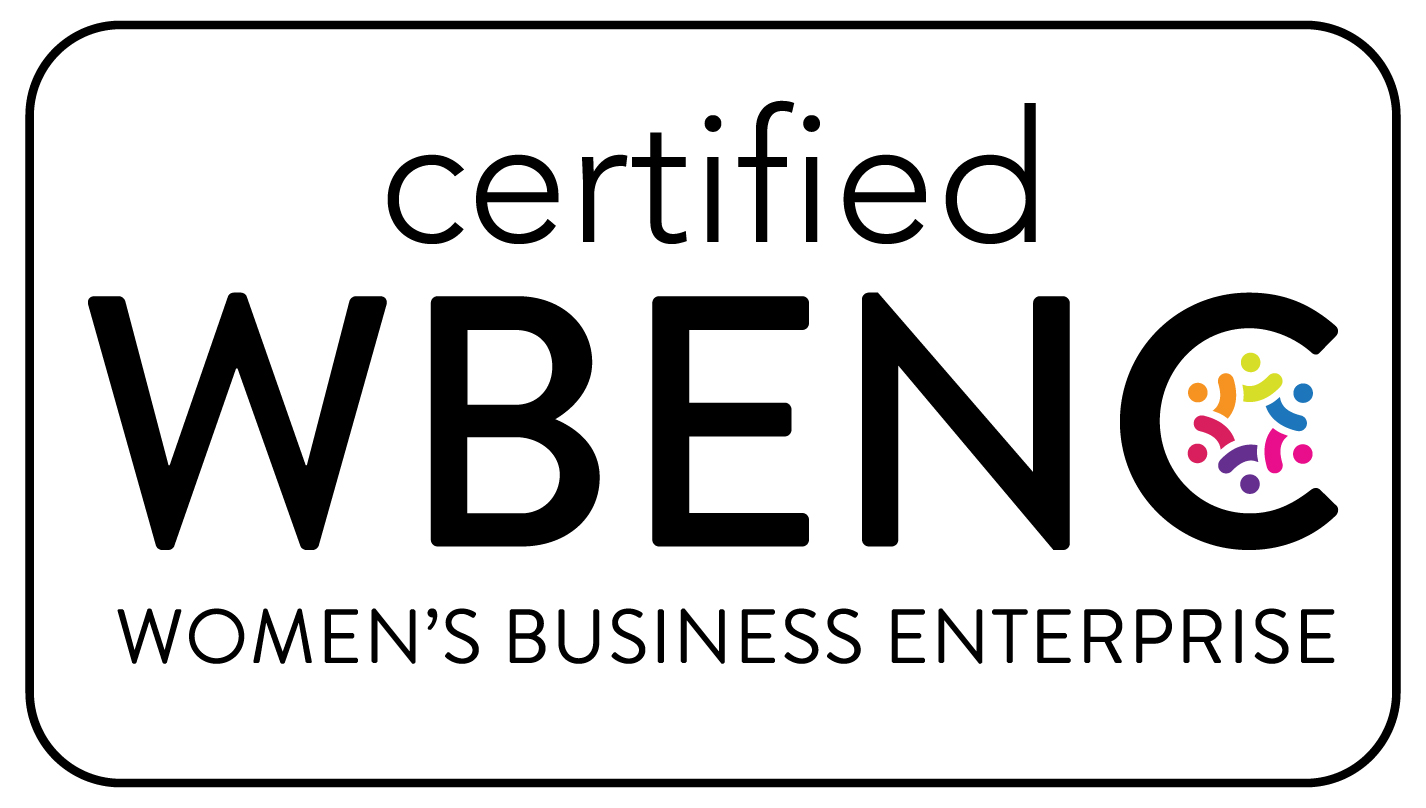My grandmother was 12 years younger than my grandfather. They were not one of those “chocolate covered raisin” couples as Taylor Tomlinson describes them. They were attractive complements. My grandfather was tall, quieter, and a rather elegant gentleman. My grandmother was a vivacious, bubbly outgoing woman. My favorite picture of her is standing by a pool in red lipstick, dark sunglasses, a white bathing suit, and heels, in the middle of a big laugh. She loved to tell me about the party when the picture was taken.

When my grandfather died before her, it was not a big surprise because of the age difference. What was surprising to my early-twenties self was how she handled it. Despite the number of funerals she attended as mutual friends joined my grandfather, she remained upbeat about life. When I asked her how she handled it, she had two answers that have stuck with me. The first was, “The people that do the best in life are the ones that can accept change. Death is just another type of change.” And the second was, “Make younger friends.”
My husband has joined me in accepting the second challenge. We have expanded it to also having older friends. And having friends of all generations has been such a rich component of our lives. I have so much respect for so many of the bright younger people I have talked to in just the last three months. Many of them are protective of their work-life balance, strategic about their career paths, motivated to make money, and want to care about their job. Many are more explicit about achieving those goals than I was at that age, and for that I can only applaud them.
However, when I talk to clients, these goals come across as liabilities:
- workers who don’t want to come into the office,
- workers who think in terms of months not years for a job
- workers who expect more money than the company thinks they deserve, and
- workers who are disengaged.
What the Data Tells Us
When I read the latest surveys of annual trends, the issues I have seen in working with clients this past year are global issues.
The Attractiveness of Hybrid Work
For many, remote work is the key to work-life balance.
For employees

For employers

Proactive and Strategic Career Advancement
Employees are on the move.

And they still care about making money.

Engagement
The prevalance and cost of disengagement is hard to ignore.

The true problem with employee engagement isn’t a lack of motivation but a disconnect between the employee and the organization’s purpose.
Fast Company

Facing the Music
These issues are not going away:
Full-time Gex Z workers in the US are set to surpass baby boomers in the first few months of 2024.
Glassdoor Economic Research
We will be exploring these issues, and what to do about them, as 2024 kicks off. In the meantime, here are some questions for you:
- What are you doing to better understand the mindset of different generations?
- What are you doing to encourage your employees of different generations to value and respect each other?
- How can you leverage your employees’ attitudes as a strength, not a weakness?
Data Sources:
* Zippia. “30 Essential Hybrid Work Statistics [2023]: Hybrid Work Model, Data, and Productivity” Zippia.com. Jun. 15, 2023
+ Forbes. “Companies with Flexible Remote Work Policies Outperform on Revenue Growth: Report” Forbes.com. Nov. 14, 2023
** Qualtrics. “The Top 5 employee experience trends redefining work in 2024” Qualtrics.com. Oct. 24, 2023
++ Gallup. “State of the Global Workplace: 2023 Report”
*** Kornferry. “Our time to take control: The future of work in 2023”
+++ Bamboo HR. “The Great Gloom: In 2023, Employees are Unhappier Than Ever. Why?” BambooHR.com. Jul., 2023
^ Fast Company. “The ‘Great Resignation’ is Over. Is the ‘Great Gloom’ Here to Stay?” FastCompany.com.



